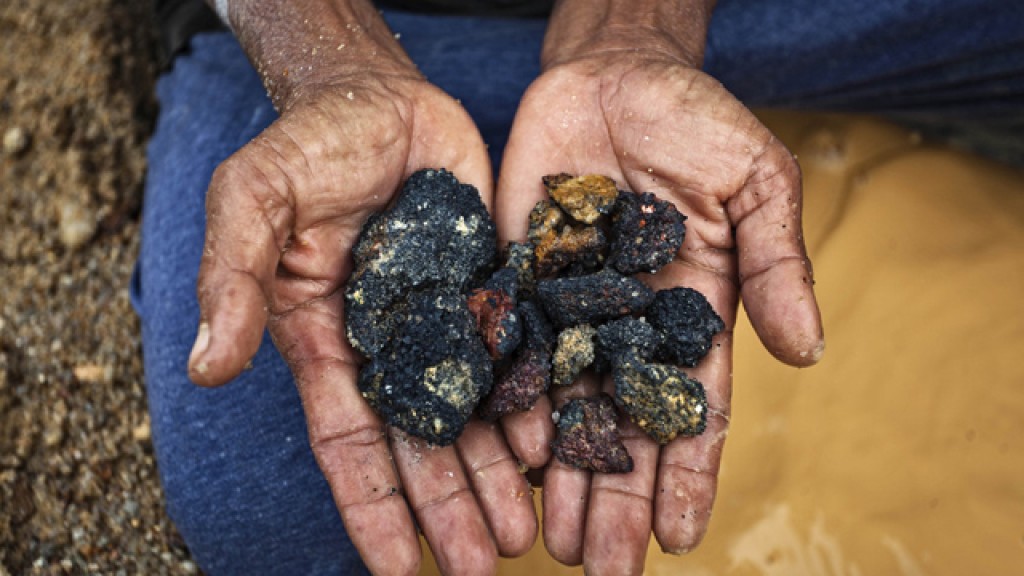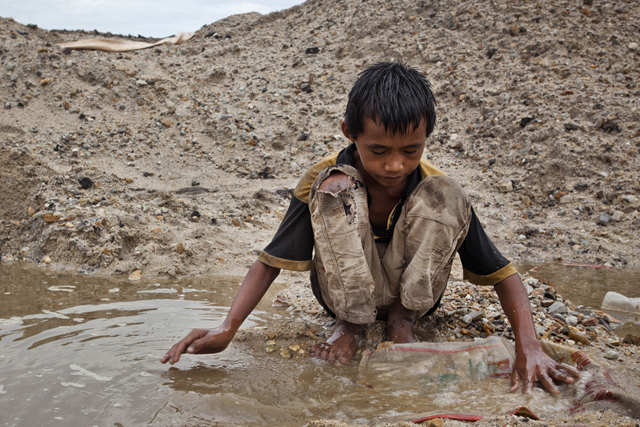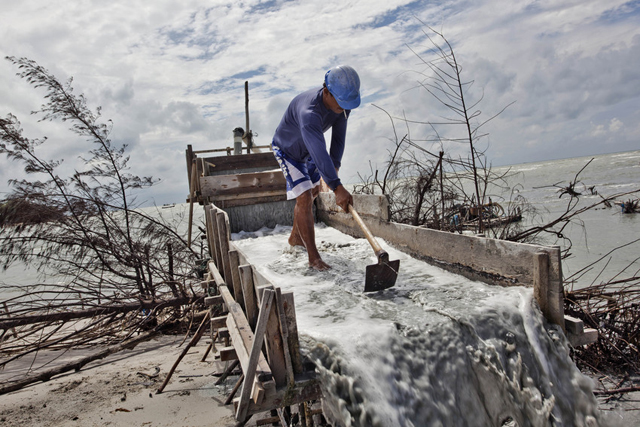Resources - Blog
Make It Better: campaign for better products

Julian Kirby, Friends of the Earth’s lead campaigner on its Make It Better campaign, works on supply chain reporting, resource use and waste prevention.
Trying to tackle the huge pressure that the over-consumption of natural resources places on our world’s fragile ecosystems can sometimes feel like trying to push an elephant uphill. So it’s encouraging to be working with so many innovators from different sectors as part of the Great Recovery. At Friends of the Earth we’re really excited about this movement towards a resource-efficient economy, in which products and services are thoroughly re-appraised with a view to reducing their environmental, social and economic costs.
Rethinking product design is central. One of my favourite parts of the Great Recovery is the tear-down workshop. Fancy trying to fix a disposable toothbrush or home coffee machine? You’ll see just how difficult the design makes any prospect of repair. But as well as reparability, designers should also consider factors like how the product performs and how it influences the user’s behaviour. The Great Recovery’s genius lies in bringing together all necessary players to ensure the final product is the very best for all of us – and our world.
That includes considering the demands placed on our planet by manufacturing. They can be boiled down to four headline categories: the amount of land required, how much water is needed, the weight of materials necessary and the amount of greenhouse gases emitted. Friends of the Earth is pushing for new rules that would require large companies operating in Europe to report on these impacts, alongside other environmental and social indicators.
That’s because we believe that it’s only by recognising and emphasising these overlooked costs that we’ll start to see real progress in factoring them into how our products are made. As the saying goes, ‘you can’t manage what you don’t measure’.
Better management of resources would include things like less wasteful product design and shifting business models towards more hiring and less buying. The circular economy is a brilliant idea. But if it’s a circle that keeps expanding instead of sticking within our world’s safe limits then we’re still headed for trouble – just slightly later.
To bring the issue to life, our new Make It Better campaign tells the real stories of our products – what they’re made from, and what they affect along the way.
 A child tin miner searching for tin ore at a mine in Belo Laut Village, District Muntok, Bangka, Indonesia
A child tin miner searching for tin ore at a mine in Belo Laut Village, District Muntok, Bangka, Indonesia
We’ve begun with an investigation into tin, a key component in all electronic gadgets. Around a third of the world’s tin is from the Indonesian islands of Bangka and Belitung, where our research found that mining is destroying tropical forests, choking coral reefs and devastating communities. Tracing back up the supply chain, we found evidence that tin from Bangka almost certainly ends up in products sold by Samsung and Apple.
More than 14,000 people have now asked the tech brands to reveal their supply chains and work with industry and communities to resolve the situation in Bangka – so far they have refused to say if they use tin mined on the island.
 A sea tin miner separates sand from tin ore in Rebu Village, District Sungai Liat, Bangka, Indonesia
A sea tin miner separates sand from tin ore in Rebu Village, District Sungai Liat, Bangka, Indonesia
While we keep the pressure on the smartphone makers, offline and online (check out our recent digital tagging of their stores using augmented reality), we’re also celebrating the positive steps some companies are taking towards more planet-friendly production and how innovative design can reduce the environmental impact of our favourite things.
That could be Unilever’s recent launch of a deodorant designed be half the size but last as long, with major savings on carbon and materials. Or Patagonia’s Don’t Buy This Jacket advertising campaign, launched at the height of Christmas shopping fever, which suggests that customers only buy what they really need. You can see more examples on our Pinterest Green By Design board.
Millions of us love our smartphones and other items. More supply chain accountability and design innovation would set us on track to being able to love the way they’re made, too.





